Auschwitz
-
-
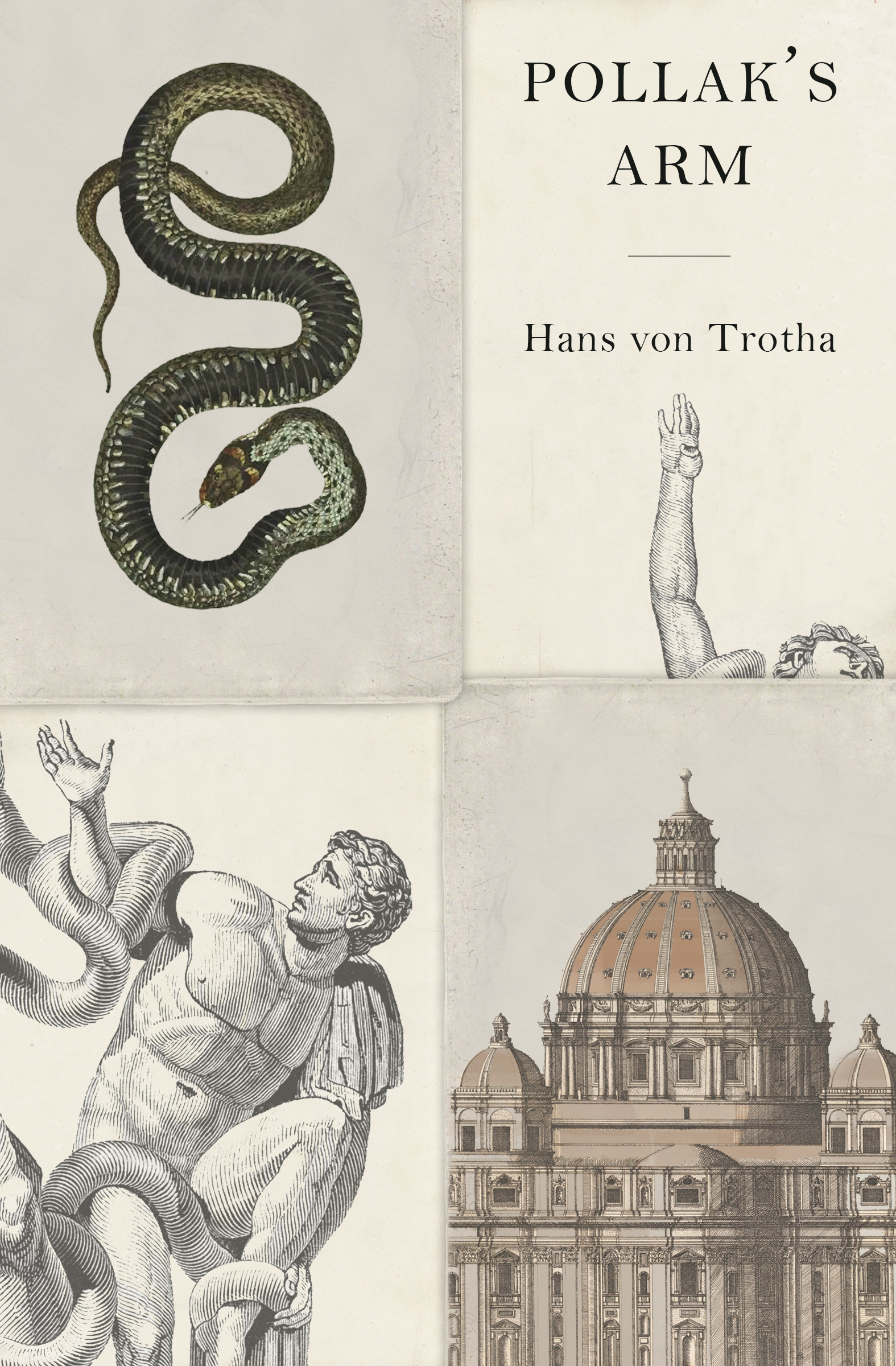
Death and Immortality:
Marlene Meyerson JCC Manhattan 334 Amsterdam Ave, New York, NY, United States
The Gentle Power of Hans von Trotha’s “Pollak’s Arm”
Hans von Trotha and Ori Z Soltes in conversationLudwig Pollak (Prague 1868-1943 Auschwitz) was an extraordinary connoisseur of antiquities--an Austro-Hungarian Jew whose path into academia was impeded by his religion, but who settled in Rome, where he carved out a unique place for himself as an expert in recognizing, understanding, and organizing great works of art. It was he who shaped and articulated the magnificent collections of JP Morgan. Of perhaps even greater consequence, his astute eye saw a sculpted fragment of an arm in a flea market that, he deduced, was the limb missing from the spectacular Hellenistic-Roman sculptural group known as Laocoon. He gifted that arm fragment to the Vatican so that it might complete the work that occupied an important place within [...]
Free -
-
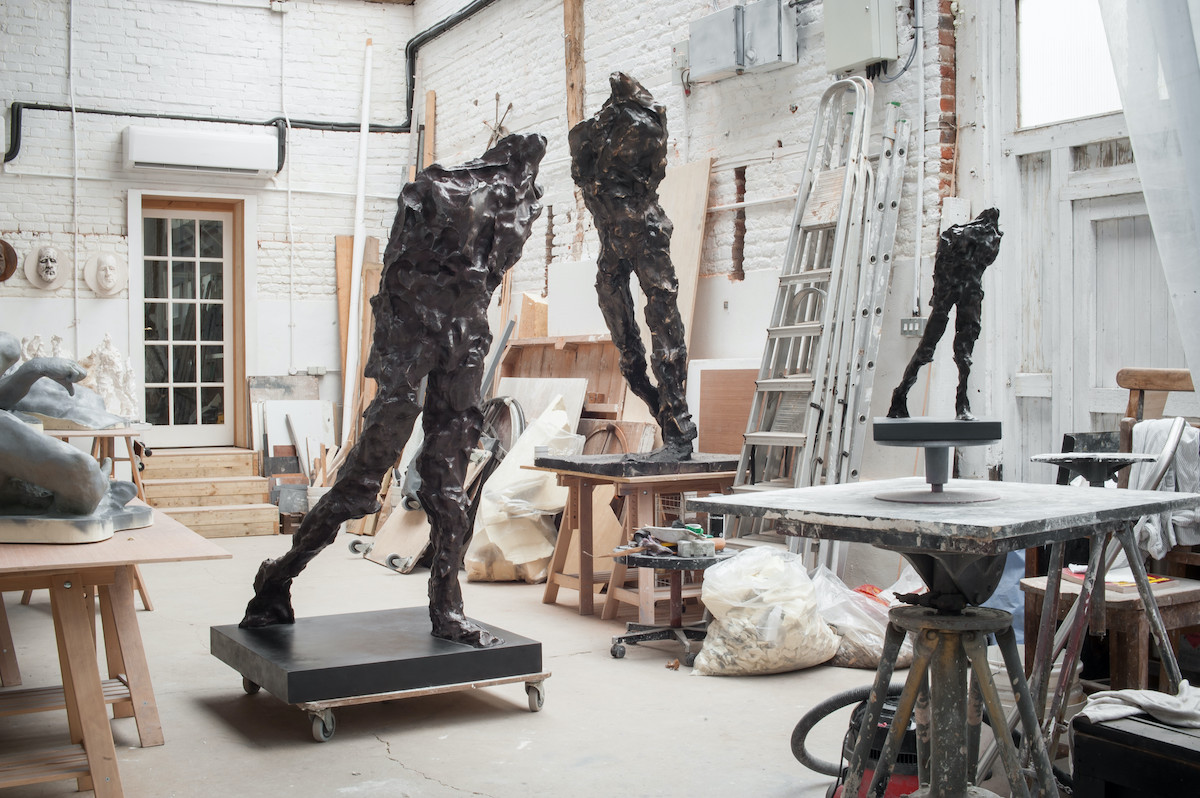
Behind the Bronze.
Marlene Meyerson JCC Manhattan 334 Amsterdam Ave, New York, NY, United States
The Sculptor Maurice Blik (born 1939 Amsterdam)
Featuring Maurice Blik and Julian Freeman (both London, UK)Maurice Blik has lived in England since being liberated from Bergen Belsen concentration camp, where he was taken as a small child from his birthplace, Amsterdam. The ability to come to terms with this experience and to confront the face of humanity that he has witnessed, stayed silent in his life for some 40 years. It finally found a voice in the passionate sculptures which began to emerge in the late 1970s when he created a series of horses’ heads. These noble and benevolent creatures posses an energy and a life force that seem just barely harnessed long enough to take their shape in the clay itself. Later he progressed to more figurative work in which the irrepressible joy [...]
Free -
-
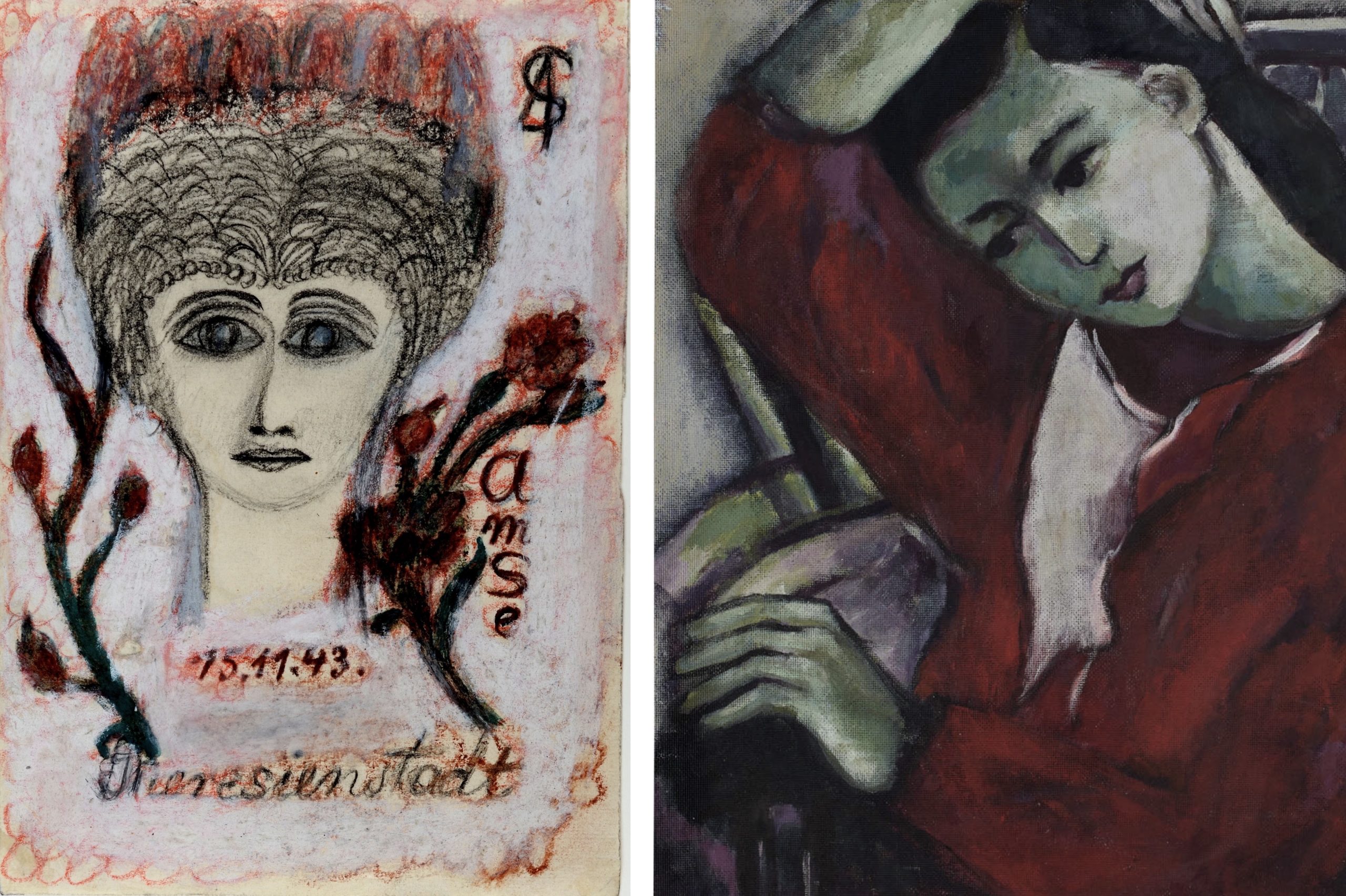
Back into the Light.
ONLINE VA, United States
Four Women Artists – Their Works. Their Paths.
Lecture by Eva Atlan, PhD, Frankfurt (Germany)Erna Pinner, Rosy Lilienfeld, Amalie Seckbach, and Ruth Cahn were among the first women artists in Frankfurt to enjoy professional success. Throughout the Roaring Twenties, these four Jewish women left their mark on Frankfurt’s art scene, published and exhibited internationally, cultivated a cosmopolitan lifestyle, and competed with their male colleagues. When the National Socialists seized power, their careers came to an abrupt end. From then on, they were persecuted as Jews and their works ostracized; later, after the end of World War II, they were largely forgotten. Now, “Back into the Light” is at long last bringing them back to the public eye. The departure point is an article by art historian Sascha Schwabacher, published May 1935 [...]
Free -
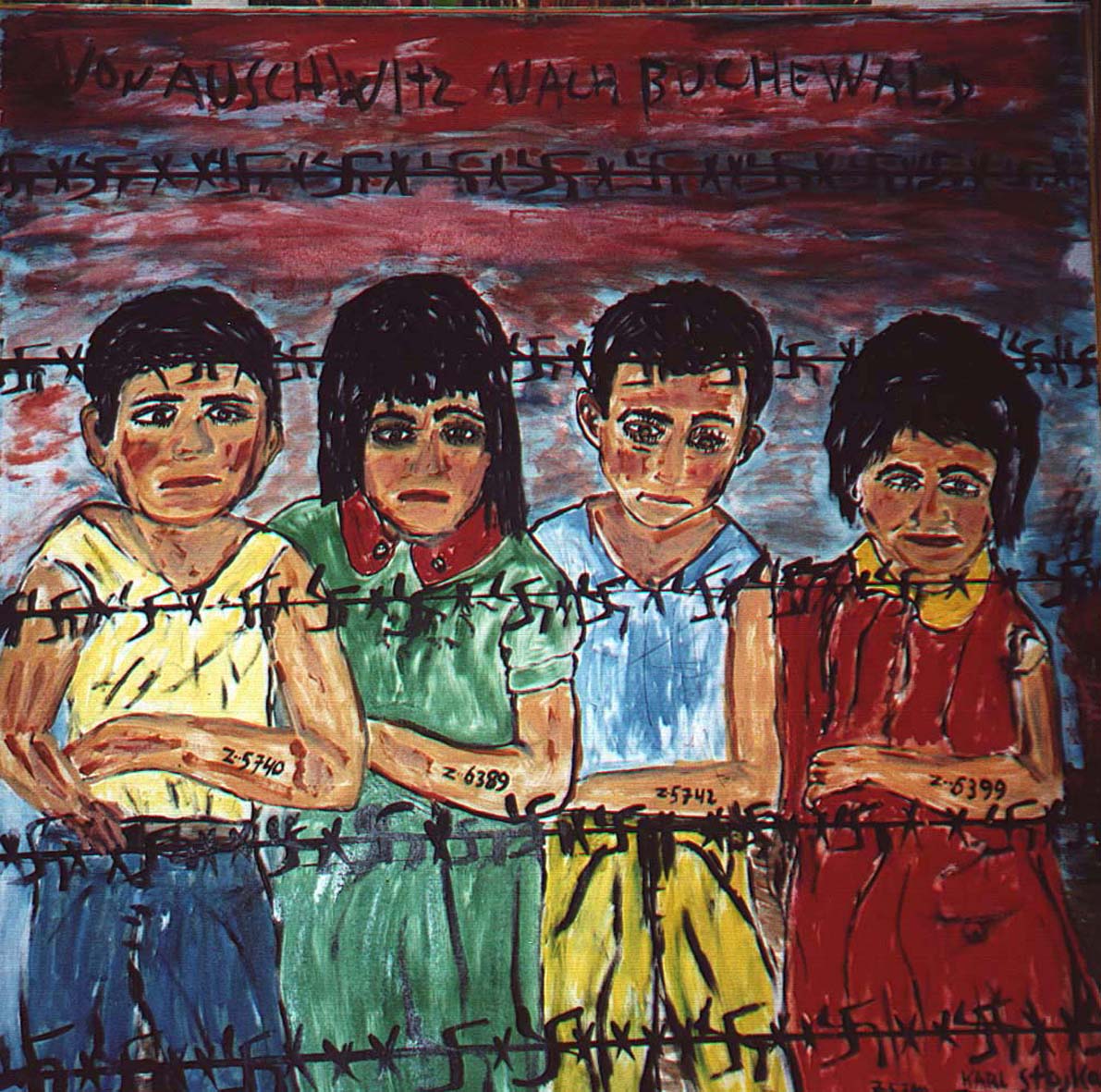
AS SEEN THROUGH THESE EYES
ONLINE VA, United States
Conversation with Film Director Hilary Helstein, Los AngelesIn honor of UN Holocaust Remembrance Day, Hilary Helstein, director of the award-winning documentary "As Seen Through These Eyes" spoke with Rachel Stern, director and CEO of the Fritz Ascher Society New York, about the making of her documentary. As poet Maya Angelou narrates this powerful documentary, she reveals the story of a brave group of people who fought Hitler with the only weapons they had: charcoal, pencil stubs, shreds of paper and memories etched in their minds. These artists took their fate into their own hands to make a compelling statement about the human spirit, enduring against unimaginable odds. Featuring interviews with Simon Wiesenthal as he talks about his art, never before appearing in a film, [...]
Free -
-
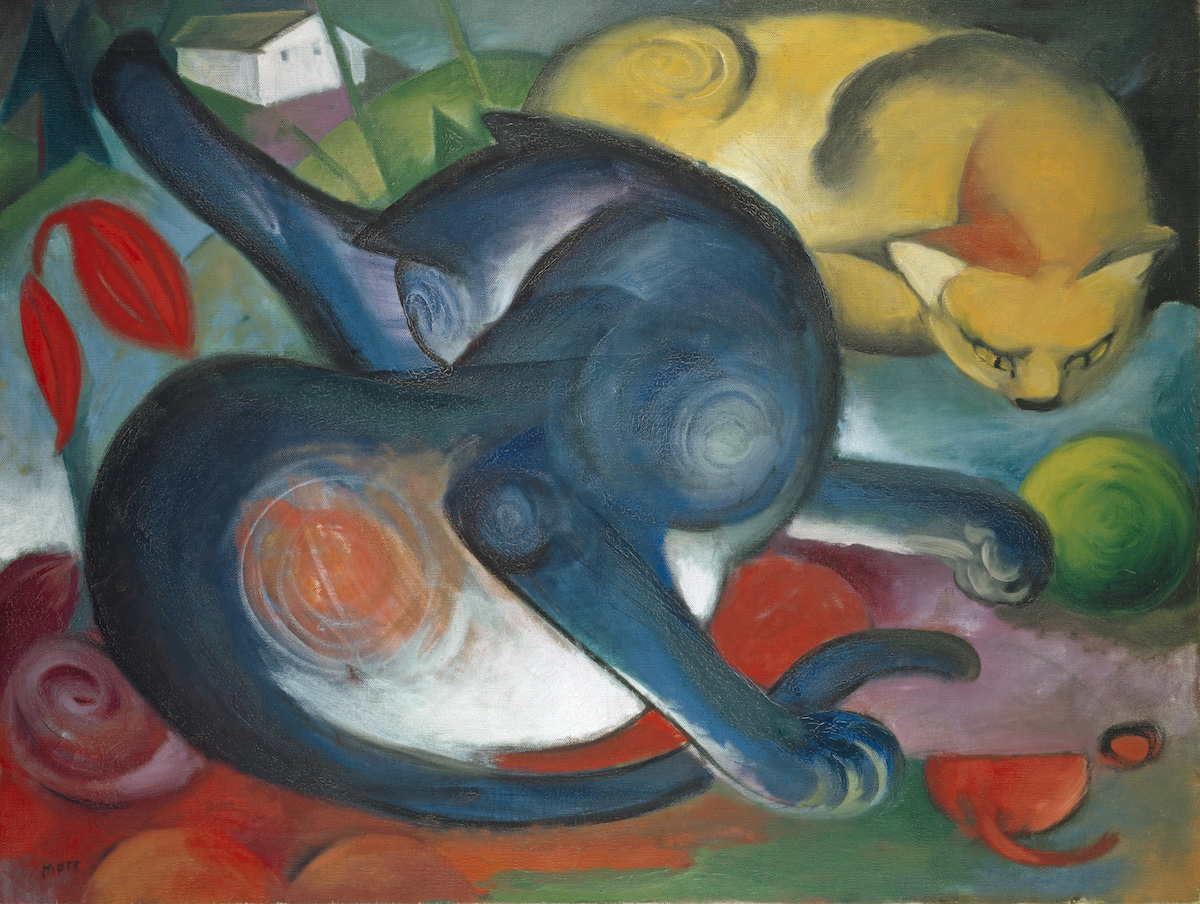
CASTAWAY MODERNISM. Basel’s Acquisitions of “Degenerate” Art
ONLINE VA, United States
Presentation by Dr. Eva Reifert, Kunstmuseum Basel
followed by discussion with Rachel SternThe Kunstmuseum Basel’s department of classic modernism houses one of the most prestigious collections of its kind. It was in fact assembled at a comparatively late date. In the summer of 1939 — shortly before the outbreak of World War II — Georg Schmidt (1896–1966), the museum’s director at the time, managed to acquire twenty-one avant-garde masterpieces all at once. The works were among those denounced in 1937 by Nazi cultural policy as “degenerate” and forcibly removed from German museums. The Third Reich’s Ministry of Propaganda correctly assumed that a portion of such works would find buyers abroad and bring in foreign currency. In this way certain artworks deemed “internationally exploitable” reached the art market via various channels. [...]
Free -
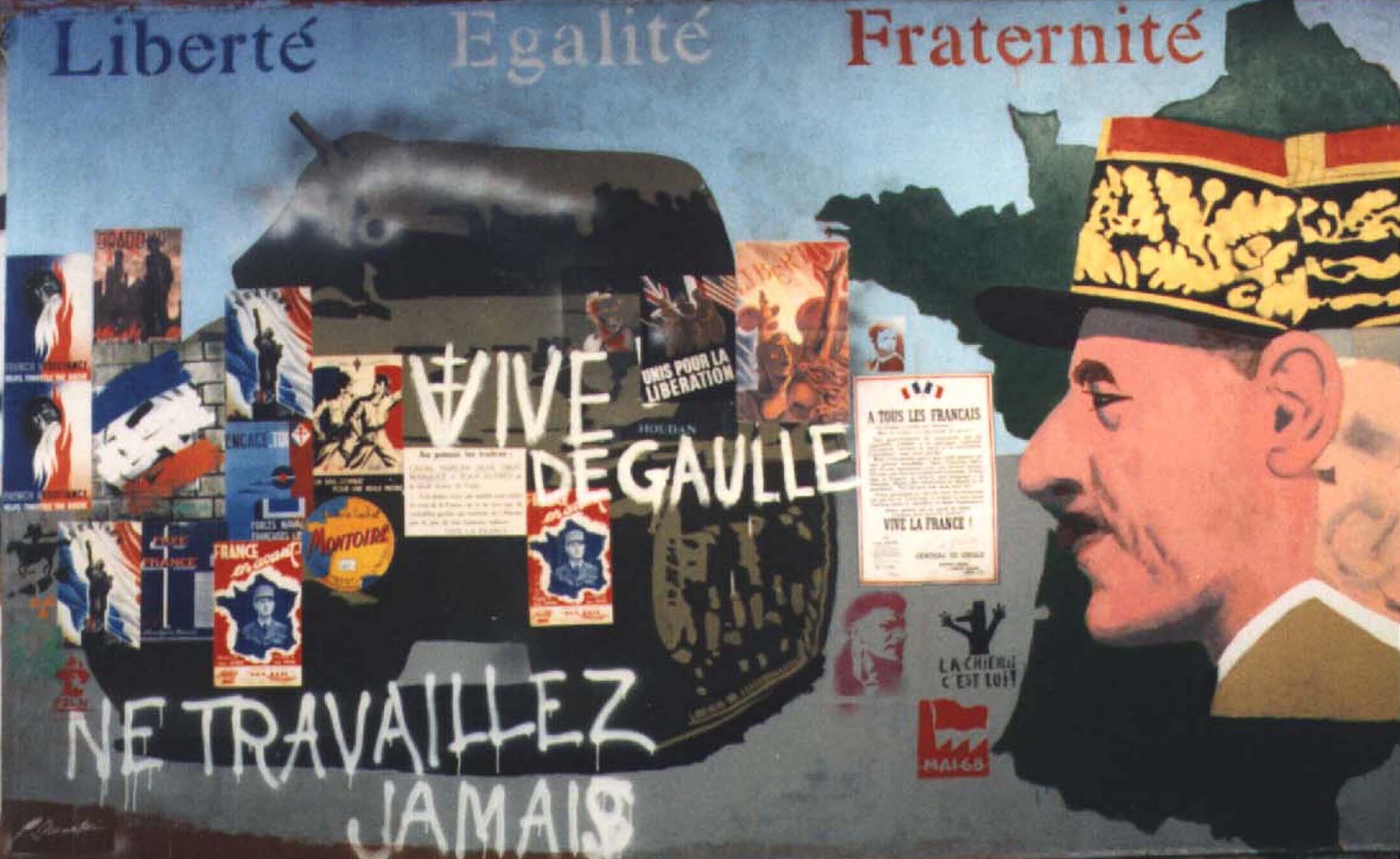
Seven Murals by Philip Orenstein (b. 1938)
ONLINE VA, United States
A French-Jewish Perspective on France During World War II
Philip Orenstein and Dr. Nadine M. Orenstein in conversationInspired by a visit to his birth country in the 1990s, American artist Philip Orenstein (b. 1938) created seven murals about the French complicity in the persecution of Jews in France during World War II. At that time, the French government had not admitted it had taken part in the persecution. The murals have been shown in various galleries and museums in the United States. In 1999, William Zimmer wrote in the New York Times, “Mr. Orenstein’s method involves combining poignancy with the determination that the viewers not miss the story. To this end, Mr. Orenstein skillfully, and wittily, employs the look of today’s splashy graffiti.” The works have not yet been shown in France. Born in Paris, France, in 1938, [...]
Free -
-

From Auschwitz to Hollywood: Jack Garfein, “THE WILD ONE”
ONLINE VA, United States
Film Screening and Conversation with French producer Chantal PerrinTHE WILD ONE illuminates the journey of unsung artist Jack Garfein (1930-2019) - Holocaust survivor, celebrated Broadway director, Actors Studio West co-founder, and controversial filmmaker. The film examines how his experience in Nazi concentration camps shaped his vision of acting as a survival mechanism and propelled his engagement with themes of violence, power, and racism in postwar America in two explosive films: THE STRANGE ONE (1957) and SOMETHING WILD (1961). THE WILD ONE explores the importance of his legacy as an artist who confronted censorship and reveals how art can draw on personal memory to better enlighten our present. Image above: Photo of Jack Garfein. Courtesy of Petite Maison Production WATCH THE TRAILER: [...]
Free -
-
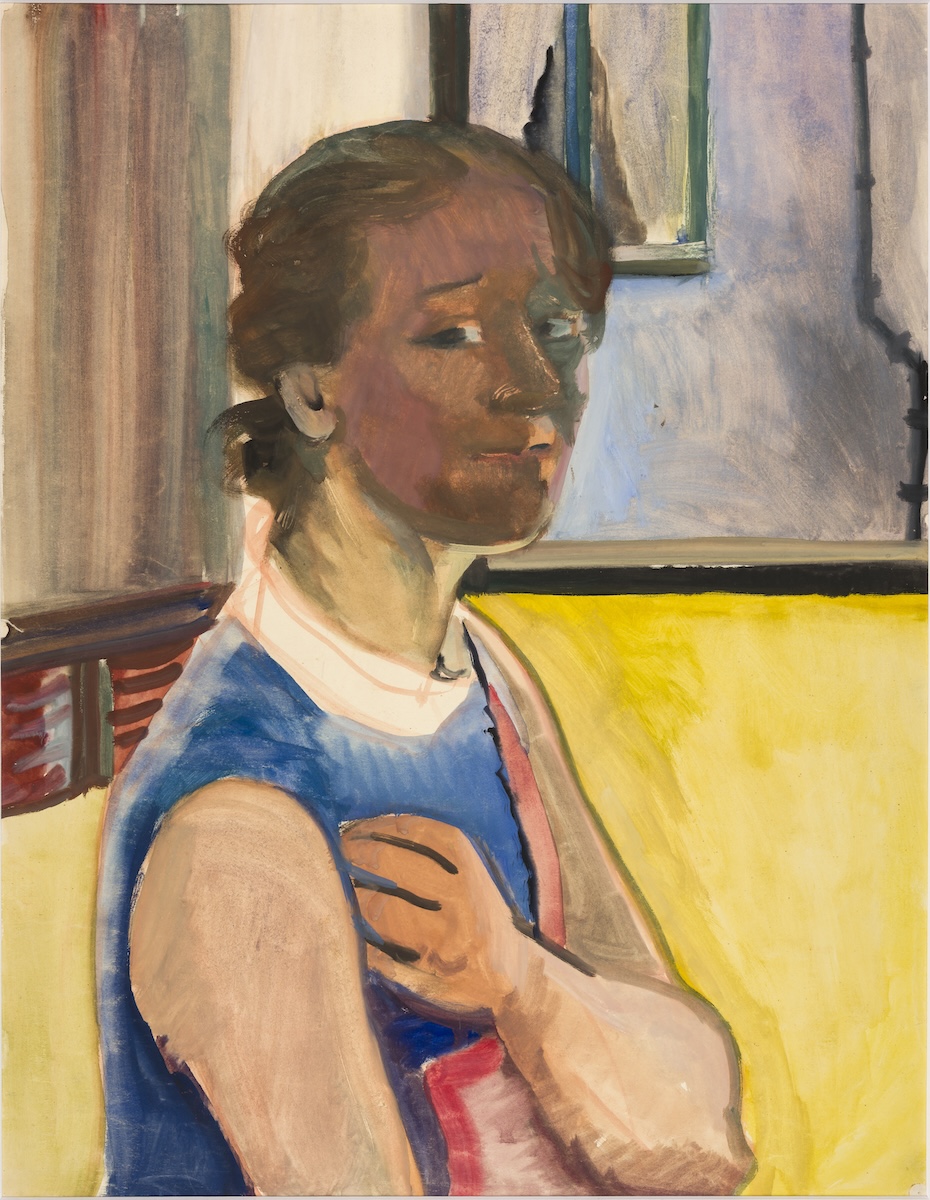
Felka Platek – Artist and Companion of the Painter Felix Nussbaum
ONLINE VA, United States
Presentation by Anne Sibylle Schwetter, Osnabrück (Germany)Felka Platek (1899 Warsaw – 1944 Auschwitz) came to Berlin from Warsaw in the early 1920s to become a painter. In 1932 she followed her friend and later husband Felix Nussbaum (1904 Osnabrück – 1944 Auschwitz) to Italy. In 1935 they decided to go into exile in Belgium. However, neither of them could escape persecution by the Nazis. They were captured in their hiding place in Brussels on June 21, 1944 and murdered in Auschwitz shortly afterwards. Image above: Felka Platek, Self-portrait in front of an open window, around 1940. Gouache on drawing paper, 65 x 49.7 cm. Felix-Nussbaum-Haus at Museumsquartier Osnabrück, on permanent loan from the Felix Nussbaum Foundation, photo © Felix-Nussbaum-Haus Osnabrück Anne [...]
Free -
-

SURVIVAL AND INTIMATIONS OF IMMORTALITY:
Oregon Jewish Museum and Center for Holocaust Education 724 NW Davis St, Portland, OR, United States
The Arts of Alice Lok Cahana, Rabbi Ronnie Cahana and Kitra Cahana
Oregon Jewish Museum and Center for Holocaust Education, Portland, OregonSurvival and Intimations of Immortality: The Art of Alice Lok Cahana, Rabbi Ronnie Cahana, and Kitra Cahana is a unique and powerful exhibition that explores the role of art and creativity, bringing the past into the present by focusing on three generations of artists from the same family. Alice Lok Cahana (1929-2017) was a Holocaust survivor who pledged she would become an artist if she survived the war. Rabbi Ronnie Cahana, Alice’s oldest son, is a poet and survivor of a major stroke. Kitra Cahana, Ronnie’s daughter, is a filmmaker and photographer. This exhibition reveals how the tragedy of the Holocaust impacted multiple generations of a family and how each member transformed the destructive trauma of the Shoah into [...]
$10.00 -

Opening reception
Oregon Jewish Museum and Center for Holocaust Education 724 NW Davis St, Portland, OR, United States
SURVIVAL AND INTIMATIONS OF IMMORTALITY:
The Arts of Alice Lok Cahana, Rabbi Ronnie Cahana and Kitra Cahana
Oregon Jewish Museum and Center for Holocaust Education, Portland, OregonPlease join us for the opening event! Survival and Intimations of Immortality: The Art of Alice Lok Cahana, Rabbi Ronnie Cahana, and Kitra Cahana is a unique and powerful exhibition that explores the role of art and creativity, bringing the past into the present by focusing on three generations of artists from the same family. Alice Lok Cahana (1929-2017) was a Holocaust survivor who pledged she would become an artist if she survived the war. Rabbi Ronnie Cahana, Alice’s oldest son, is a poet and survivor of a major stroke. Kitra Cahana, Ronnie’s daughter, is a filmmaker and photographer. This exhibition reveals how the tragedy of the Holocaust impacted multiple generations of a family and how each member transformed [...]


